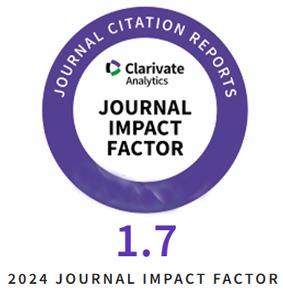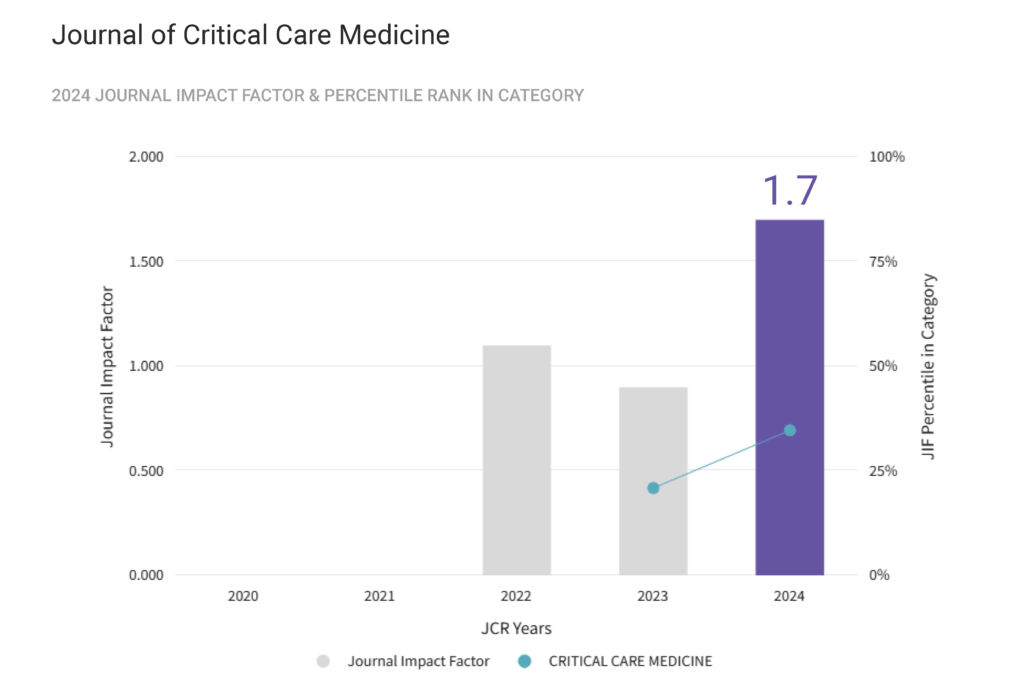In critical care, the line separating biology from technology is diminishing with progress. Organs that were once deemed beyond repair can now be supported, substituted, or even encouraged to heal. Artificial support is enabled through advanced materials and emerging technologies designed to imitate or enhance living tissue and function. This combination of organs and materials goes beyond mere mechanics; it signifies a profound merging of physiological principles and material design. As we improve these interfaces, the challenge lies in ensuring that innovation not only fulfils the need for survival but also upholds the integrity of the human body it aims to protect.
Initially, advanced materials were designed for: durability, resistance, and control [1]. Polymers, alloys, and composites were perfected to withstand impact rather than to support life. Later, they have been redirected toward healing, and for the ‘dialogue’ with living systems. Due to this shift, the use of technologies and advanced materials in critical care is revolutionizing patient care, enhancing diagnosis, treatment and safety [2]. Redefining the original goals of materials research, from protection to healing, has opened new paths for progress driven by purpose. Today, the development of advanced materials for health and well-being demands a truly multidisciplinary approach. In some intensive care units, engineers and clinicians already work side by side, translating laboratory discoveries into lifesaving technologies. This collaboration recalls an earlier vision of science as a unified endeavour, where boundaries between disciplines dissolve, and the pursuit of understanding becomes the shared gold standard. [More]
Category Archives: Editorial
Rethinking peer review in medicine: From trust to transformation
At the heart of biomedical publishing integrity lies peer review—long regarded as the “gold standard” of scientific validation. Yet, despite its foundational role, peer review today reveals critical shortcomings: inconsistency, lack of transparency, slow turnaround, and susceptibility to bias. As the scientific landscape evolves with rising submission volumes, data complexity, and urgency for rapid knowledge dissemination, it is no longer enough to refine peer review; it must be reimagined.
As editors and long-time participants in academic publishing, we have consistently faced the challenges of writing, reviewing, and managing peer evaluations. Identifying qualified reviewers and synthesizing their feedback into fair editorial decisions remains a formidable task. This editorial outlines our concerns and envisions how artificial intelligence (AI) can enhance—not replace—peer review in medicine. Over 90% of the initial text was generated with ChatGPT Scholar using structured prompts; it has since been extensively revised by the authors. [More]
The challenge of antimicrobial resistance in intensive care setting
Antimicrobial resistance (AMR) is a growing global health crisis, also in the frame of One Health perspective (1). This problem represents a dramatic emergency in critical care settings like intensive care units (ICUs), where patients are most vulnerable, also because of persistent lack in the pharmaceutical pipeline for the development of new antibiotics (2-4). ICUs are the front line in managing patients with life-threatening conditions, such as severe infections, trauma, and organ failure. Therefore, ICUs present unique conditions – as patients are critically ill, immunocompromised, and often subjected to invasive procedures and extended hospital stays — provide an ideal environment for the emergence and spread of resistant pathogens. AMR poses significant challenges for healthcare providers in ICUs, where timely and effective antibiotic treatment is crucial, directly impacting on clinical outcomes, mortality rates and increased healthcare costs (5). [More]
The implementation gap in critical care: From nutrition to ventilation
Critical care medicine pushes boundaries. We talk about personalized medicine and wax poetic on sophisticated trial design, all while debating using diaphragmatic ultrasound for ventilator weaning. Our excitement about the latest mechanical circulatory support device or novel vasopressor is matched only by the rush to share the latest “groundbreaking” meta-analysis – inevitably analyzing the same five trials as the last one, just with a different statistical twist. None of this is to say that such discussions do not have merit. But our fascination with tomorrow’s breakthroughs disguises a more fundamental challenge: we consistently fail to deliver basic, routine care at the bedside.[More]
Tracheoesophageal Iatrogenic Fistulas in ICU: Still a Pandora’s Box?
Tracheoesophageal fistulas (TEF) in the ICU are still considered a relatively rare, but life-threatening complication of prolonged intubation, with an incidence of approximately 0.5% of cases [1]. Classically, their occurrence was considered the result of the direct interaction between two mechanical factors: the endotracheal tube (ETT) or the tracheostomy tube placement on the membranous wall of the trachea, and the esophageal feeding tube that affects esophageal mucosa, leading to ischemic lesions and decubitus injury. The question that arises is why, despite this simple explanation, the incidence of TEF remains low? In reality, the occurrence of TEF in ICU is related to the complex interactions between patients’ comorbidities and the particularities of pathophysiology and management in critically ill patients, leading to local tissue metabolic disorders and favoring fistulas’ occurrence. Malnutrition, diabetes, chronic anemia, reflux esophagitis, prolonged inflammation, sepsis, hemodynamic instability, prolonged hypoxemia, vasoactive drugs or corticosteroids are the mainly factors favoring fistulas’ development. [More]
Endocrine Disorders in Critically Ill Patients – The Smooth Criminal?
The hallmark of critical illness is the rapid initiation of numerous physiologic processes in an effort to reestablish homeostasis. Thus, critical illness can be considered the result of an acute physical stress that acts as a trigger for an acute aggressive inflammatory response [1,2].
The inflammatory response occurs early after primary injury, almost concomitant with coagulation cascade activation, micro- and macrovascular alterations, and hypothalamic-pituitary-peripheral axis disorders, proportionate to the severity of illness. In this context, “The Triad of Critically Illness” is a lethal interplay involving three key factors: inflammation, coagulopathy and hormonal imbalance. [More]
The Role of Microcirculation in Haemodynamics: A Journey from Atlas to Sisyphus
Microcirculation, through its complex network of vessels (arterioles, capillaries and venules), plays a pivotal role in maintaining cellular functions. Located between the macrocirculatory system- the heart and large vessels, and the interstitial environment, microcirculation acts as a gateway for oxygen supply (O2), removal of carbon dioxide (CO2), delivery of nutrients and hormones, and plays a crucial role in the immune response, thermoregulation and coagulation control.
In order to maintain an adequate supply of oxygen and nutrients to cells and tissues at the levels of the macro-, regional- and microcirculatory fields, the physiological mechanisms that regulate blood perfusion are closely interrelated.
This functional interdependence between macrohaemodynamics, microhaemodynamics, interstitial space and subcellular structures (such as the mitochondria, the bioenergetic factory of the organism) was demonstrated by Dr. Henry Weil, who explicitly defined the condition of acute circulatory failure or circulatory shock [1,2]. In his work, he highlights the catastrophic consequences of arterial hypotension associated with tissue hypoperfusion in various states of shock. [More]
Optimizing Nutrient Uptake in the Critically Ill: Insights into Malabsorption Management
It has already been stated that nutritional support represents a crucial component in the care of critically ill patients [1]. Prolonged negative energy balance during intensive care stay was confirmed as an independent risk factor for mortality. High metabolic demand encountered for critically ill patients may cause significant energy deficits responsible for increased risk of infection, prolonged mechanical ventilation and ICU stay [2-4].
Aditionally, providing nutritional support in ICU patients is often deemd challenging, as enteral feeding intolerance devolps secondary to gastrointestinal dysfunction [5]. Exccesive antimicrobial usage along with associated risk of nosocomial diarrhea may further exacerbate feeding intolerance. [More]
The Human Microbiome in Intensive Care – A Journey Forward?
The human microbiome, defined as a personal, genomic signature of our latent or manifest infectious profile (bacterial, viral, fungal), located predominantly in the digestive tract, opens the door to personalized medicine studies on a scale larger than the human genome in terms of data that can be analyzed and interpreted. Compared to the human genome, which has approximately 23,000 genes, the European Metagenomics of the Human Intestinal Tract and the Human Microbiome Project have reported 3.3 million non-redundant microbial genes [1]. [More]
Fluid Therapy from Friend to Foe
The general management of shock, or any syndrome characterized by inadequate tissue perfusion involves identifying and addressing the underlying cause while also reversing the disorder produced in any of the 4 components of the cardiovascular system (blood and fluid compartment, vascular system, heart and circulatory system) [1] through combined therapeutic methods that are based on rapid volume resuscitation, usually pursuing target goals. Although the “salvage, optimization, stabilization, de-escalation” mnemonic has been utilized as a broad framework for volume resuscitation since 2016 [2], the approach to fluid therapy in critically ill patients remains inconsistent with current clinical practice, contingent upon the practices adopted by individual healthcare institutions. [More]










